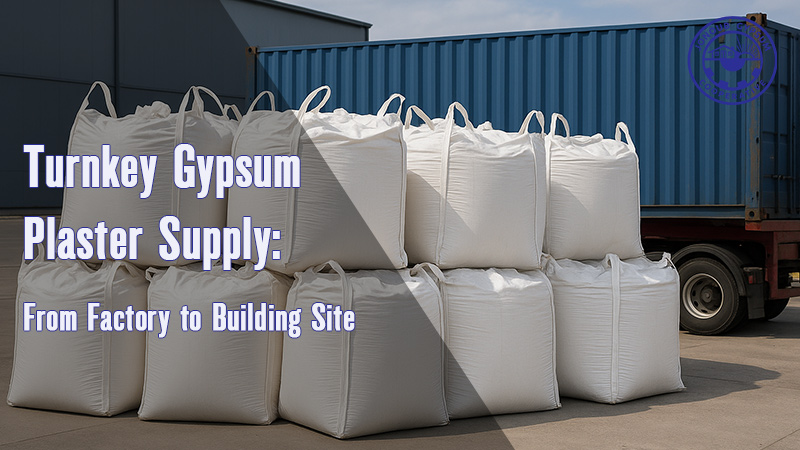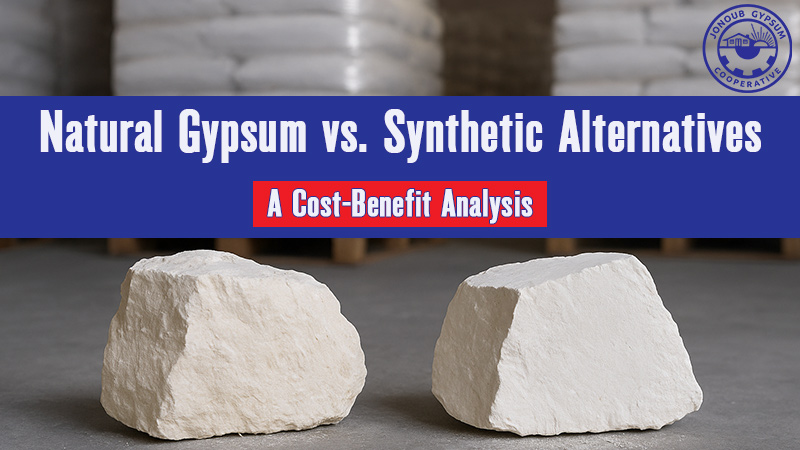Important Working Tips for Job Safety and Efficiency
In every job, it is essential for employees and workers to follow key guidelines to ensure safety, efficiency, and quality in their tasks. Below are some important work tips that should be observed across various fields, especially in construction and material handling.
1. Proper Lifting Techniques
When handling stored materials, workers should always lift items from the uppermost part of a stack. Avoid lifting materials from the bottom or near the docking area, as this can cause instability, leading to materials falling and potentially causing injury or damage. Safety precautions must always be followed to prevent accidents and ensure materials are securely handled.
2. Safe Material Storage
Proper storage of construction materials is crucial to maintain workplace safety, particularly near excavation sites, well openings, pits, and similar areas. Storing materials too close to these hazard zones increases the risk of accidents, such as falling debris or materials collapsing into open spaces.
3. Guidelines for Storing Plaster
Plaster, a vital building material, requires extra care in both storage and handling due to its sensitivity. When storing plaster in a factory setting (before sale) or in a workshop (before use), certain precautions must be taken to ensure its quality remains intact:
– Humidity Control: Plaster is extremely sensitive to moisture. Excessive humidity can compromise its quality and usability. Therefore, it is critical to store plaster in a dry environment and use proper equipment for docking and handling to avoid any exposure to water or humid conditions.
– Immediate Use of Bulk Plaster: If you are working with bulk plaster, it should be used immediately because plaster is hydrophilic and absorbs moisture from the air. This can affect its performance and workability if left exposed.
– Storing Plaster Bags: Plaster bags, unlike bulk plaster, can be stored for up to a year if handled properly. To ensure their longevity:
– Keep them in dry warehouses, away from any potential sources of moisture.
– Place the bags on planks that are positioned at least 10 cm above the ground and 20 cm away from walls. This allows proper airflow around the bags and prevents moisture accumulation that can seep into the plaster.
4. Transporting and Storing Building Plaster
To maintain the quality of building plaster during transportation and storage, follow these essential guidelines:
– Water and Humidity Protection: Like cement, building plaster must be kept away from water and high humidity. Always store plaster in sealed containers or bags that are clearly labeled with their specifications to prevent confusion and ensure proper use.
– Limiting Bag Stacking: When stacking plaster or cement bags, the maximum allowable number is 10. This prevents excessive pressure on the lower bags, which could lead to material damage or rupture. Additionally, all bags should be lifted in a row to ensure balance and stability.
– Avoid Overloading Ceilings and Weak Structures: Avoid overloading materials on built ceilings, near anchors, or on narrow walls. Excessive weight can compromise the structural integrity of these areas, leading to safety hazards such as collapse or cracking.
By adhering to these work tips and safety protocols, workers can ensure that materials are handled and stored correctly, reducing the risk of accidents and preserving the quality of construction materials like plaster. Proper handling and storage not only improve workplace safety but also enhance productivity and the lifespan of materials used in construction projects.







